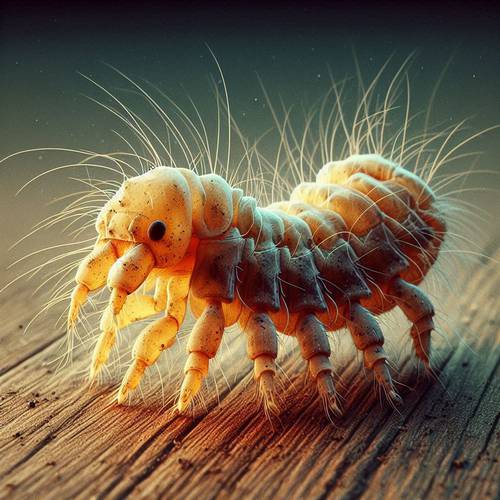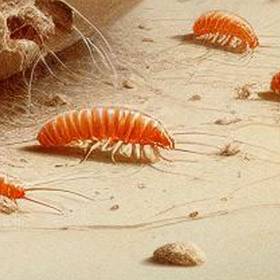Physical Characteristics
Flea larvae are smal, white, worm-like creatures. Unlike adult fleas, they lack legs and eyes, making them look like tiny, wriggling worms. Their bodies are segmented and covered in sparse hairs, which help them move through their environment. Flea larvae typically thrive in dark, humid areas, feeding on organic debris and flea dirt left by adult fleas.
Description of size, color, and appearance.
Flea larvae are tiny, measuring about 1/8 inch in length. They are white or translucent, resembling small worms. Unlike adult fleas, larvae lack legs and eyes, giving them a distinctive, elongated appearance. Their bodies are covered with bristles, which help them move around. Understanding the size, color, and appearance of flea larvae is crucial for identifying and controlling flea infestations effectively.
Habitat and Environment
Fleas larvae thrive in dark, humid environments, typically found in carpets, pet bedding, and cracks in flooring. They avoid light and burrow into the fibers and debris where adult fleas lay their eggs. These larvae feed on organic matter, including flea dirt, which is the blood excreted by adult fleas. Proper cleaning and maintaining low humidity can help disrupt their habitat and prevent infestations.



